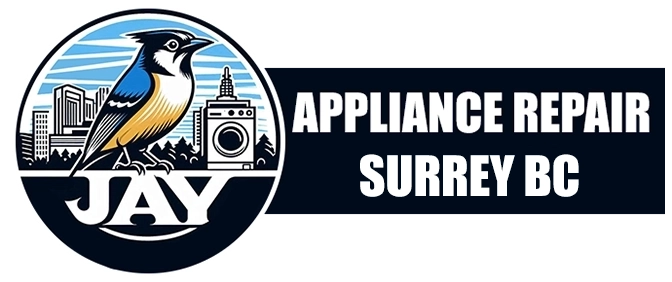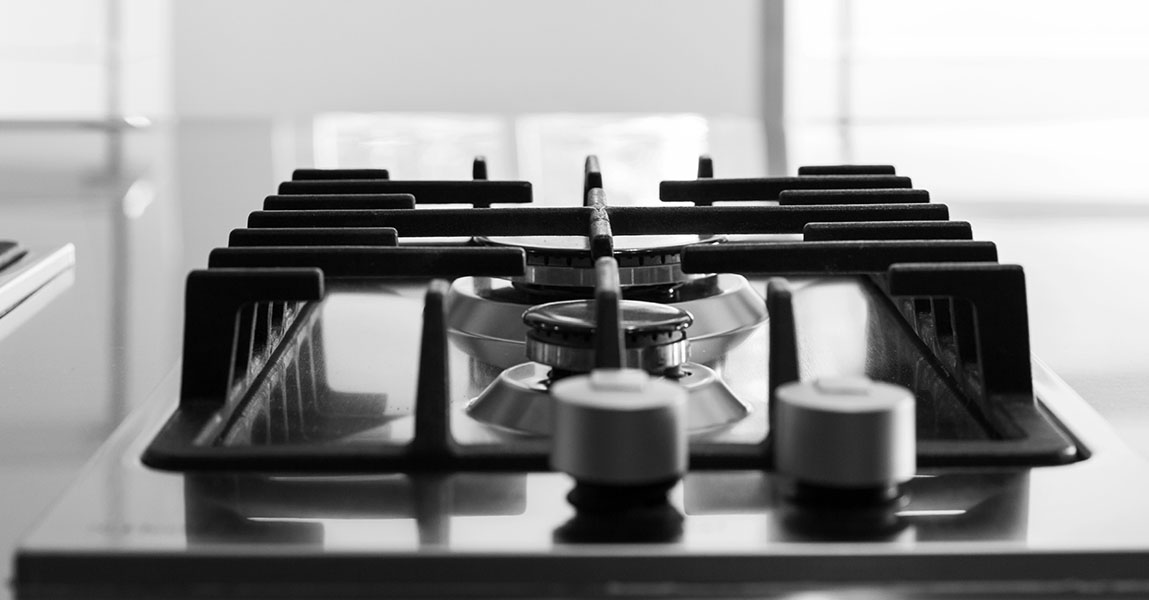When a gas stove keeps clicking but never lights, it’s frustrating and sometimes worrying. We often expect a smooth “click, flame, and cook” routine, so anything different feels like a big problem. If you’re hearing the repetitive click but seeing no flame, one likely culprit is the ignition switch. This small part plays a big role in starting the flame that heats your food.
In this post, we’ll walk you through what the ignition switch does, why it might fail, and how to inspect and troubleshoot it safely. We’ll also touch on other related causes and share tips that can help you handle the issue with confidence.
Understanding the Role of the Ignition Switch
Gas stoves rely on electronic ignition to create a spark that lights the gas. The ignition switch is the control behind that spark. Each time you turn a burner knob, the switch sends voltage to the spark module, which then triggers a spark at the burner head. Therefore, when you hear constant clicking, it means the switch is still trying to create that spark.
Sometimes the switch keeps engaging even though it shouldn’t. For example, moisture or food spills can cause a short in the switch, sending it into overdrive. In other cases, the switch fails to deliver the necessary signal. In both scenarios, the burner won’t ignite, and you’re left with a clicking sound and no flame.
Common Signs the Ignition Switch Is to Blame
Not every clicking stove means a faulty ignition switch, but there are signs that point to it. Firstly, the sound continues even after you’ve released the burner knob. This is unusual and could indicate that the switch is stuck or shorted. Secondly, the clicking might happen even when no knobs are turned, which clearly shows a malfunction.
In addition, the burners may spark inconsistently or not at all. Sometimes, only one burner shows this behavior while others work fine. However, if all burners click but none ignite, the switch or spark module may be the issue. In other words, the pattern of failure tells us where to look.
Safety First: Precautions Before Troubleshooting
Before touching anything, we always stress safety. Gas appliances carry a risk of fire or gas leaks. So, the first step is to turn off the gas supply. You should also unplug the appliance to avoid electric shock. These two simple actions create a safe space for inspection.
After that, make sure the stove surface is cool. It’s also a good idea to open a window for ventilation. Some gas might have built up during those failed attempts to ignite the burner. Ventilating the space helps avoid an accidental flash. Above all, take your time and don’t rush the process.
How to Check the Ignition Switch
Once everything is safe, remove the burner knobs from the stove. Beneath each knob is an ignition switch, usually encased in plastic. Look closely for any moisture, grease, or food particles. These can cause the switch to short or get stuck. If it’s dirty, use a cotton swab lightly dampened with rubbing alcohol to clean it.
Next, test the switch by gently turning the knob while observing its behavior. If the clicking starts before you fully engage the burner, the switch may be stuck in the “on” position. On the other hand, if it does not respond at all, it may be completely worn out.
Keep in mind that this test is more accurate with the power connected. However, since working with live voltage can be dangerous, we recommend you consult a technician if you’re unsure. In some cases, replacing the switch is the safest option.
When Moisture Causes the Issue
One of the most common causes of switch failure is moisture. A pot boiling over, a cleaning spray, or even steam can seep into the control area and cause the switch to behave erratically. This is especially true if you recently cleaned your stove and the clicking started afterward.
Fortunately, this is sometimes an easy fix. Firstly, unplug the stove and remove the knobs. Let the area dry completely for several hours. You can speed up the process using a fan or even a hairdryer on a cool setting. After that, reconnect the power and test the burners again.
We’ve seen many cases where a persistent clicking noise goes away after proper drying. Similarly, regular maintenance like wiping knobs with a dry cloth instead of a wet one can help prevent this problem from returning.
Burners That Click but Don’t Light: Other Possible Causes
Even though the ignition switch is often to blame, it’s not the only thing to check. For instance, a blocked burner port can stop the gas from reaching the flame. If you hear clicking and smell gas, the spark may be fine but the path for gas might be obstructed.
Secondly, check the burner caps. They need to be seated properly for the gas and spark to align. If they’re off-center, you’ll hear clicking but no ignition. Repositioning them often solves the issue quickly.
Another potential cause is a faulty spark module. While less common than switch problems, this part powers the ignition system. If none of your burners light and there’s no spark, the module could be at fault. In these cases, getting help from someone experienced in stove repair in Surrey can save time and guesswork.
How to Prevent Ignition Switch Issues in the Future
To avoid future problems with your gas stove, focus on keeping the ignition switch area clean and dry. Use minimal water when wiping down the controls. Avoid spraying cleaner directly onto knobs or switches. Instead, spray a cloth and then wipe gently.
Also, make sure burner caps and heads are aligned after cleaning. Misalignment can cause uneven ignition or poor contact with the spark. Furthermore, if you notice any clicking after a spill, take action quickly to dry the area before damage sets in.
Preventative habits go a long way. Most importantly, we should stay aware of small signs and not ignore them. Early detection often means a cheaper and easier fix.
When to Consider Professional Help
If you’ve tried cleaning, drying, and inspecting the switch and the clicking still continues, it might be time to reach out for help. Sometimes the problem lies deeper in the electrical system. Attempting to replace internal parts without proper tools or training can create more damage.
We’ve seen stoves where DIY repairs led to control board damage or gas leaks. That’s why knowing when to step back is key. If your issue keeps coming back or involves electrical wiring, we recommend contacting a team that handles appliance repair in Surrey.
Our experience shows that persistent ignition issues usually don’t go away on their own. It’s better to solve the root cause than to keep turning knobs and hoping for a spark.
Have Questions or Need Support?
If your gas stove keeps clicking and you’ve tried the steps above with no improvement, it’s time to get the issue properly diagnosed. Ignition problems can be tricky, but they’re not impossible to solve. We’re here to help with inspection, repair, or part replacement if needed.
Feel free to Contact Us to schedule a visit or ask a question. We’re always glad to talk through your concerns and help you feel more confident about your appliance’s safety.
FAQs
Why does my gas stove keep clicking even when it’s off?
This is often due to a stuck ignition switch or moisture inside the switch. It sends continuous signals to spark even when the knob isn’t turned.
Can I still use my stove if it keeps clicking?
It’s not recommended. A constant clicking sound can mean gas is being released without ignition, which poses a safety risk. It’s better to turn off the gas and fix the issue first.
How do I know if the ignition switch is shorted?
If the stove clicks on its own, even when off, or keeps clicking well after turning the knob, it may be shorted. Signs of moisture or corrosion near the control area also suggest a short.
Is it safe to clean around the stove knobs?
Yes, but be careful not to use too much water or spray cleaner directly. Wipe with a damp cloth instead, and always dry the area completely.
Should all burners stop working if one ignition switch is bad?
Not always. Each burner usually has its own switch, so one bad switch may only affect one burner. However, a faulty spark module can affect all burners.

